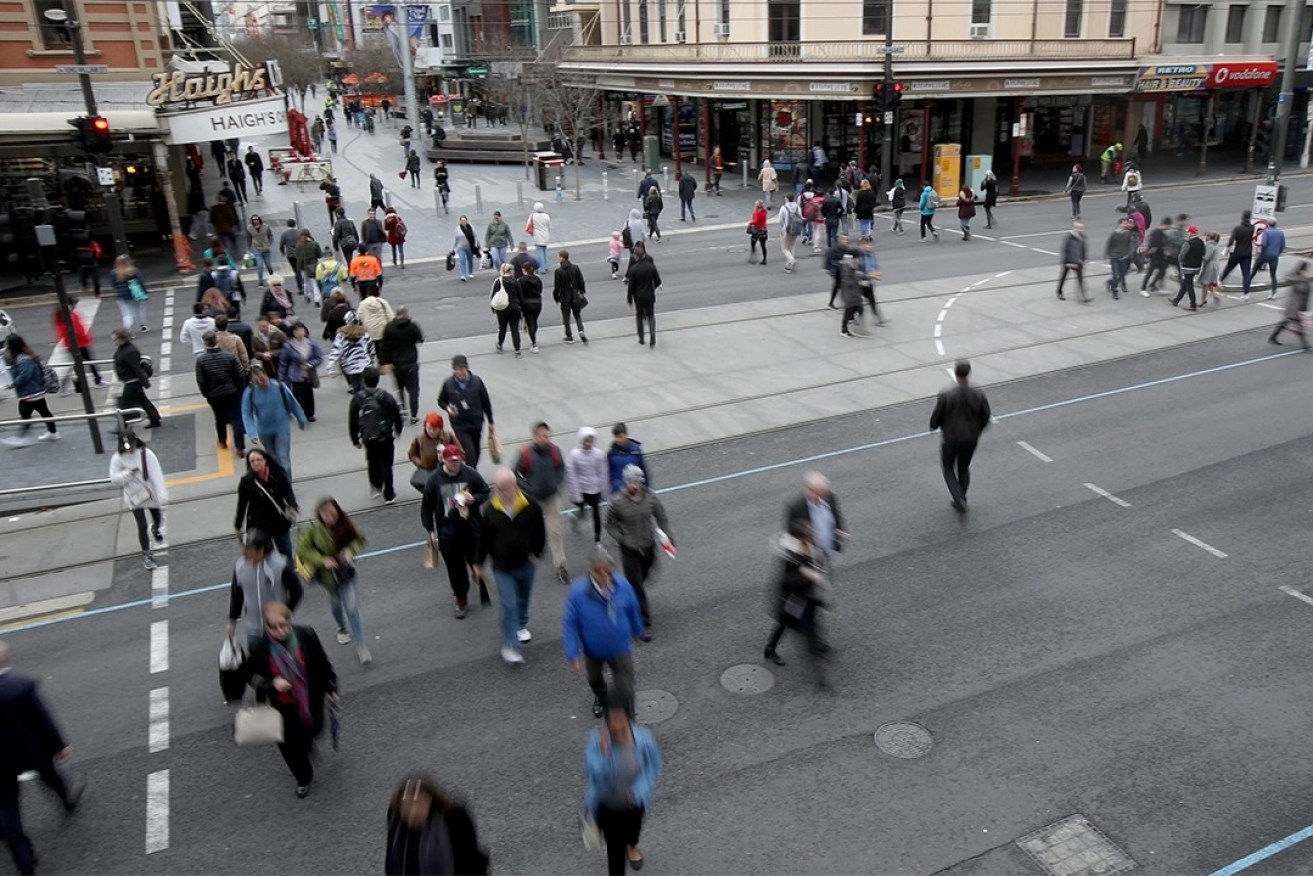Unemployment tops 4 per cent for the first time in two years
South Australian unemployment remains below the national rate, which has risen above 4 per cent for the first time since January 2022.


Photo: Kelly Barnes/AAP
The unemployment rate in South Australia rose by 0.1 points in January to 3.9 per cent, below the national figure of 4.1 per cent on a seasonally adjusted basis, according to Australian Bureau of Statistics labour force figures released on Thursday.
South Australian unemployment is the equal-second-lowest in the country, on par with the Australian Capital Territory. Only New South Wales recorded a lower rate of 3.7 per cent, while unemployment is worst in the Northern Territory at 4.4 per cent.
ABS head of labour statistics Bjorn Jarvis said employment remained stable but the number of unemployed people increased by 22,000.
“This was the first time in two years, since January 2022, that the unemployment rate had been above 4 per cent,” Jarvis said.
He noted that – similar to January 2022 and 2023 – the increase in the unemployment rate in January 2024 coincided with a higher-than-usual number of people who were not employed but who said they would be starting or returning to work in the future.
“While there were more unemployed people in January, there were also more unemployed people who were expecting to start a job in the next four weeks,” Jarvis said.
“This may be an indication of a changing seasonal dynamic within the labour market, around when people start working after the summer holiday period.
“In January 2022, 2023 and 2024, around 5 per cent of people who were not employed were attached to a job, compared with around 4 per cent in the January surveys prior to the COVID-19 pandemic.”
The South Australian underemployment rate is the worst nationally but stable at 7.6 per cent – an entire percentage point above the national average of 6.6 per cent.
Nationally, seasonally adjusted monthly hours worked fell by 2.5 per cent as workers took time off over the summer break.
“January is a popular month for people to take annual leave. Compared with January surveys before the pandemic, we again saw a higher proportion of employed people working no hours because they were on leave,” Jarvis said.
“We have seen a similar pattern in recent January surveys, which may point to further changes in labour market dynamics around the summer holiday period.”




